Joslyn Richardson: Welcome back, Lauren! The last time we worked together, we talked about how to determine whether a provider is truly equipped to serve students with disabilities compared to those who aren’t. We want to go a little bit more in detail about that. Can you share some indicators that would be used, or that should be used, to further decide if a vendor or provider has expertise in supporting students with disabilities?
Lauren LeBental: Oh, I love this question. What rises to the surface for me in terms of indicators would be, first and foremost, if they believe students with disabilities can access grade-level learning with aligned support. I think, second, if they can take complex concepts or ideas—
Joslyn: Absolutely, yeah, very important. I just remember when I was in the classroom, when we would have PL that was more theoretical—
Lauren: —and turn them into practical strategies that can be used in classrooms or schools the very next day. There’s nothing worse than sitting in a training session and staying in the theoretical, and then feeling like, “What do I do with this now? How do I make this happen for me in my own classroom?” So I think really effective vendors think about how to take these complex topics, like how to increase access to grade-level learning for students with disabilities, and turn them into really practical strategies that can be applied meaningfully. I would say the last is probably that they understand how to connect the building-wide conditions or systems and the individual practices that educators are taking into a cohesive approach.
Joslyn: Just really wondering how we bridge that to the practice—like, what can I use in my classroom tomorrow with my kids, right? So that’s super important. And then also the systems that are in place to make sure those things can happen well, not just in a classroom or a grade level or school, but across the district. It’s so very important.
Lauren: And to your point, it’s both theoretical and practice that make it most effective, and figuring out that balance, as you were mentioning.
Joslyn: Absolutely. And so, with thinking about this at a higher level—what should district leaders ask to confirm the provider addresses specific instructional strategies, not just compliance with state rules and regulations?
Lauren: I would say some good questions to ask might include: What framework do you use for supporting educators when making adaptations to daily instruction to increase that access to grade-level learning? What’s their approach? Maybe even, what’s the research that they’re referencing in informing their approach to supporting educators?
Another question might be: What will teachers or leaders—the participants of the sessions being offered—be asked to practice? This goes back to what we were just chatting about, Joslyn, around bridging that gap from theory to practice. It’s a great strategy to ask the provider, “What does the practice actually look like in the session, and what will participants be able to do as a result?”
And I think that leads into that last question: What will teachers and leaders be able to do differently as a result of the training that’s being proposed?
Joslyn: Absolutely. Wonderful. Well, this concludes our time for today, folks. I just want to thank you again, Lauren, for your insight into this very important topic.
And listeners, if you missed part one, please check out our website, riveteducation.org, to listen to the first conversation. We also have a conversation around the science of reading and professional learning and high-quality instructional materials. Until next time!





